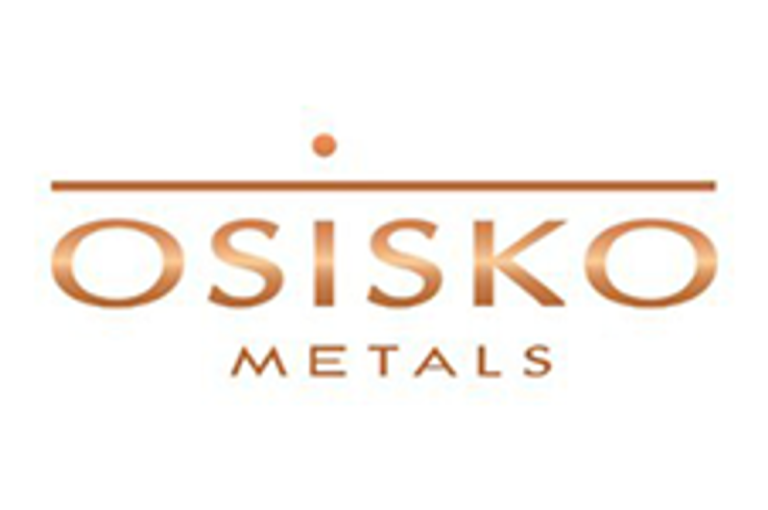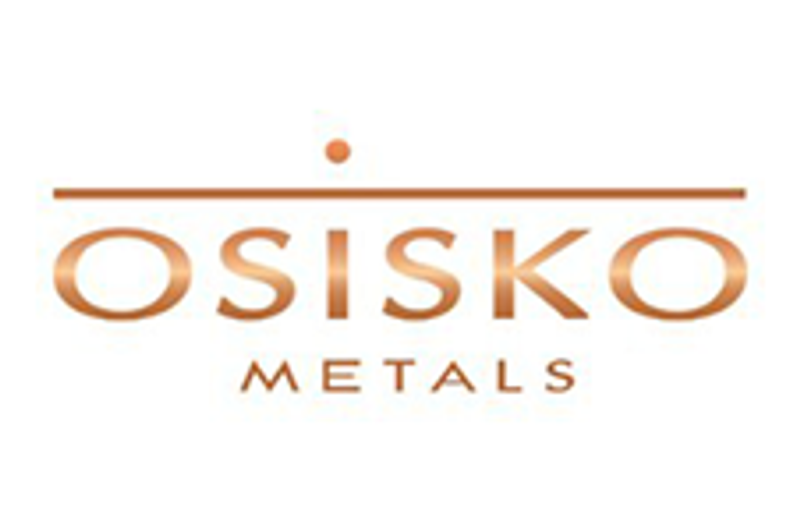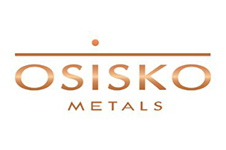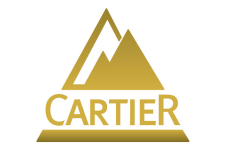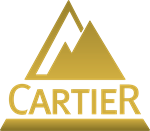

Forge Resources Corp. (CSE: FRG) (OTCQB: FRGGF) (FSE: 5YZ) (‘FRG’ or the ‘Company’), is pleased to announce full gold assay results from drill hole ALT-25-012 at the Payoff Zone intersecting 3.4 g/t gold over 44.75 metres from 256.23 metres and discovery results from hole ALT-25-013 at the Alimony Zone grading at 1.04 g/t gold over 55.52 metres from 91.99 metres, at its Alotta Project in Yukon (Figure 1).
Highlights:
- Final results from drill hole ALT-25-012 at Payoff Zone include:
- 76.93 m grading 2.03 g/t Au from 223 metres, including 44.75 m grading 3.4 g/t Au, and 8.16 m grading 17.7 g/t Au and including 1.25 m grading 105 g/t Au. All intervals are drilled core lengths.
- This hole intersected significant amounts of visible gold from narrow quartz veins, in addition to widespread mineralization (See News Release dated November 20, 2025).
- The Company is pleased to report results from drill hole ALT-25-013, the first and only hole drilled at the Alimony Zone.
- Widespread near-surface gold mineralization was discovered, including 112.21 m grading 0.66 g/t Au near surface from 35.29 metres, including 55.52 m grading 1.04 g/t Au and including 1.6 m grading 25.8 g/t Au. All intervals are drilled core lengths.
- The Alimony Zone lies approximately 800 m west of the Payoff Zone (575 m northwest of drill hole ALT-25-012, above). No drilling has been completed between these two zones.
- This drill hole represents a new drilling discovery at the Alotta Project.
PJ Murphy, CEO of Forge Resources, states: ‘We are continually impressed by results from the Payoff Zone, which is successfully developing in size and grade with every drill hole. Additionally, we are thrilled to announce the discovery drill results from the Alimony Zone that demonstrates the large-scale fertility of the mineralizing system at Alotta. We are eagerly awaiting the remaining 2025 drill results, from the Commission Zone, which will provide critical data for helping guide future exploration. We are looking forward to the 2026 field season to continue exploring the potential on the property and further advancing our exciting pipeline of targets on the property.’

Figure 1. Overview Map of Diamond Drill Holes.
To view an enhanced version of this graphic, please visit:
https://images.newsfilecorp.com/files/8680/278191_00f0013144f59af0_001full.jpg
Diamond Drilling:
A total of 1262.75 m of drilling in 4 drill holes were completed by the Company during the Phase 2 drill program in 2025. Drill hole location data for results reported in this news release are listed in Table 1.
Table 1: Diamond Drill Hole Data
| Hole ID |
Easting (m) |
Northing (m) |
Elevation (m) |
Azimuth |
Dip |
Length (m) |
| ALT-25-012 |
623260 |
6915966 |
1078 |
135 |
-60 |
339.75 |
| ALT-25-013 |
623019 |
6916490 |
1031 |
235 |
-50 |
312 |
Assay highlights of diamond drill holes pertaining to this News Release are found in Table 2 and 3.
Table 2: Payoff Zone Highlight Assay Results
| Payoff Zone |
| ALT-25-012 |
This News Release |
|
From
(m) |
To
(m) |
Interval
(m)* |
Au
(g/t) |
Ag
(g/t) |
Cu
(%) |
|
54.45 |
65.31 |
10.86 |
0.35 |
0.54 |
0.02 |
|
176.00 |
185.00 |
9.00 |
0.41 |
0.25 |
0.01 |
|
223.00 |
301.00 |
76.93 |
2.03 |
1.43 |
0.02 |
| including |
256.23 |
301.00 |
44.75 |
3.40 |
2.22 |
0.024 |
| including |
284.93 |
293.10 |
8.16 |
17.71 |
9.31 |
0.07 |
| including |
286.00 |
289.15 |
3.15 |
45.01 |
17.31 |
0.13 |
| including |
286.00 |
287.15 |
1.15 |
8.85 |
24.50 |
0.08 |
| including |
287.15 |
288.40 |
1.25 |
105 |
20.80 |
0.24 |
|
327.94 |
339.00 |
11.06 |
0.34 |
0.59 |
0.02 |
*All intervals are drilled core lengths. Additional drilling is required to establish true widths.
Table 3: Alimony Zone Highlight Assay Results
| Alimony Zone |
| ALT-25-013 |
This News Release |
|
From
(m) |
To
(m) |
Interval
(m)* |
Au
(g/t) |
Ag
(g/t) |
Cu
(%) |
|
35.29 |
147.52 |
112.21 |
0.66 |
0.61 |
0.01 |
| including |
74.20 |
147.52 |
73.31 |
0.82 |
0.56 |
0.01 |
| including |
91.99 |
147.52 |
55.52 |
1.04 |
0.6 |
0.01 |
| including |
109.56 |
145.60 |
36.04 |
1.41 |
0.55 |
0.01 |
| including |
144 |
145.6 |
1.6 |
25.8 |
3.14 |
0.01 |
|
282.49 |
311.14 |
28.65 |
0.254 |
0.84 |
0.01 |
*All intervals are drilled core lengths. Additional drilling is required to establish true widths.
Payoff Zone
Hole ALT-25-012 drilled through granodiorite and porphyritic rocks and intersected widespread, near-surface alteration, veining, and sulphide mineralization. Alteration includes pervasive secondary biotite that is overprinted by intense silicification, and widespread chlorite and sericite alteration, which are more intense around areas of concentrated veining (Photo 1). Quartz vein-hosted pyrite, molybdenite, chalcopyrite, and pyrrhotite were commonly observed in quartz veins, with the strongest concentrations of veining and mineralization found in the top and bottom 100 metres of the drill hole (Photo 2).

Photo 1. Quartz-pyrite veins with strong chlorite-sericite alteration halos (Alt-25-012, 186 m depth).
To view an enhanced version of this graphic, please visit:
https://images.newsfilecorp.com/files/8680/278191_forgeimg2.jpg

Photo 2. Quartz vein with centreline of pyrite (right) in porphyritic rocks hosting disseminated pyrite and pyrrhotite (ALT-25-012, 55 m depth)
To view an enhanced version of this graphic, please visit:
https://images.newsfilecorp.com/files/8680/278191_00f0013144f59af0_003full.jpg
At 287.32 m down hole, below the most intense widespread alteration and mineralization, drilling intersected a low angle (10-30° to core axis) irregular quartz vein, approximately 10 cm wide, hosting visible gold and bismuthinite, along with disseminated to semi-massive pyrrhotite, pyrite, chalcopyrite, arsenopyrite, molybdenite, and sphalerite (Photos 3 and 4). Core sampling of the quartz vein and surround rock returned 1.25 m grading 105 g/t Au. Immediately preceding this sample, a second cm-scale quartz vein hosting visible gold in altered and veined granodiorite returned 1.15 m grading 8.85 g/t Au. In the footwall of the coarse gold-bearing veins, narrow sulphide stringers developed within granodiorite returned 0.47 g/t Au over a core length of 0.75 m.

Photo 3. ~10 cm wide irregular quartz vein cutting granodiorite hosting coarse native gold, bismuthinite, pyrrhotite, pyrite, chalcopyrite, arsenopyrite, molybdenite and sphalerite (ALT-25-012).
To view an enhanced version of this graphic, please visit:
https://images.newsfilecorp.com/files/8680/278191_00f0013144f59af0_004full.jpg

Photo 4. Photos of coarse visible gold and bismuthinite from a ~10 cm wide vein in drill hole ALT-25-012 (Photo 3 – 287.32 – 288.24 m).
To view an enhanced version of this graphic, please visit:
https://images.newsfilecorp.com/files/8680/278191_00f0013144f59af0_005full.jpg
Alimony Zone
Hole ALT-25-013, collared 800 m northwest of the Payoff Zone and 575 m northwest of drill hole ALT-25-012, was the first hole drilled into the Alimony Zone, a target defined by a tightly constrained 400 by 600 metre molybdenum-gold soil anomaly.
The hole drilled entirely through granodiorite, and intersected widespread, discrete, quartz and carbonate veins with associated sulphide mineralization throughout the top of the hole, and narrow polymetallic quartz veins. Overall, alteration and veining in this hole is less abundant than observed at the Payoff Zone; however, broad intervals of gold mineralization were intersected in the upper 150 m of the drill hole associated with discrete quartz veining, in addition to higher-grade polymetallic quartz veins (Photo 5 and 6).

Photo 5. Banded quartz vein with disseminated and banded sulphides (Alt-25-013, 36 m depth – 8.2 g/t Au over 0.83 m, from 35.29 m depth).
To view an enhanced version of this graphic, please visit:
https://images.newsfilecorp.com/files/8680/278191_forgeimg6jpg

Photo 6. Banded polymetallic pyrite-pyrrhotite-chalcopyrite vein (Alt-25-013, 170 m depth – 4.59 g/t Au over 0.37 m, from 170.42 m depth).
To view an enhanced version of this graphic, please visit:
https://images.newsfilecorp.com/files/8680/278191_forgepct6.jpg

Figure 2. Cross Section of drill hole ALT-25-013.
To view an enhanced version of this graphic, please visit:
https://images.newsfilecorp.com/files/8680/278191_00f0013144f59af0_008full.jpg
Quality Assurance/Quality Control
Analytical work was completed by ALS Canada Ltd., with sample delivery in Whitehorse, Yukon, sample preparation in Langley, British Columbia, and geochemical analysis in North Vancouver, British Columbia.
Rigorous procedures are in place regarding sample collection and data entry. Certified assay standards, coarse reject duplicates, field duplicates and blanks were routinely inserted into the sample stream to ensure integrity of the assay process. All of the results reported have passed the QA/QC screening. Core was sampled using a diamond core saw, with half of each interval sent to the lab for analysis and the other half retained.
Half-core samples were fine-crushed and a 250 g split was pulverized to better than 85% passing 75 microns. Gold was determined for core samples using a 50 g charge by fire assay followed by an atomic absorption spectroscopy finish (Au-AA24). The fine fraction was analyzed for 48 elements using a four acid digestion followed by inductively coupled plasma combined with mass spectroscopy and atomic emission spectroscopy finish (ME-MS61)
Fire assay screen analysis was completed using a 1 kg sample size screened to -106 microns. Oversize material was analyzed in entirety by fire assay with gravimetric finish. A 30 g assay of the undersized material was analyzed in duplicate by fire assay with atomic absorption spectroscopy finish. Results of the oversize and undersize assays were combined to provide the final reported number in this release.
Proximity to Measured and Indicated Resources
The Alotta property consists of 230 mineral claims that covers approximately 4,723 hectares in a similar geological setting to Western Copper and Gold’s Casino deposit, that is located 50 km to the north of the Alotta Project. The Casino deposit is one of the largest undeveloped copper-gold porphyry projects in the world.
About Forge Resources Corp.
Forge Resources Corp. is a Canadian-listed junior exploration company focused on exploring and advancing the Alotta project, a prospective porphyry copper-gold-molybdenum project consisting of 230 mineral claims that cover 4,723 hectares, located 50 km south-east of the Casino porphyry deposit in the unglaciated portion of the Dawson Range porphyry/epithermal belt in the Yukon Territory of Canada.
In addition, the Company holds an 80% interest in Aion Mining Corp., a company that is developing the fully permitted La Estrella coal project in Santander, Colombia. The project contains eight known seams of metallurgical and thermal coal.
Qualified Person
Lorne Warner, President and P. Geo, is a qualified person as defined by National Instrument 43-101 and has reviewed and approved the scientific and technical disclosure in this news release.
On behalf of the Board of Directors
‘PJ Murphy’, CEO Forge Resources Corp.
info@forgeresources.com
Forward-Looking Statements
Certain of the statements made and information contained herein may contain forward-looking information within the meaning of applicable Canadian securities laws. Forward-looking information includes, but is not limited to, information concerning the Company’s intentions with respect to the development of its mineral properties. Forward-looking information is based on the views, opinions, intentions and estimates of management at the date the information is made, and is based on a number of assumptions and subject to a variety of risks and uncertainties and other factors that could cause actual events or results to differ materially from those anticipated or projected in the forward-looking information (including the actions of other parties who have agreed to do certain things and the approval of certain regulatory bodies). Many of these assumptions are based on factors and events that are not within the control of the Company and there is no assurance they will prove to be correct. There can be no assurance that forward-looking information will prove to be accurate, as actual results and future events could differ materially from those anticipated in such information. The Company undertakes no obligation to update forward-looking information if circumstances or management’s estimates or opinions should change except as required by applicable securities laws, or to comment on analyses, expectations or statements made by third parties in respect of the Company, its financial or operating results or its securities. The reader is cautioned not to place undue reliance on forward-looking information. We seek safe harbor.
Source
This post appeared first on investingnews.com
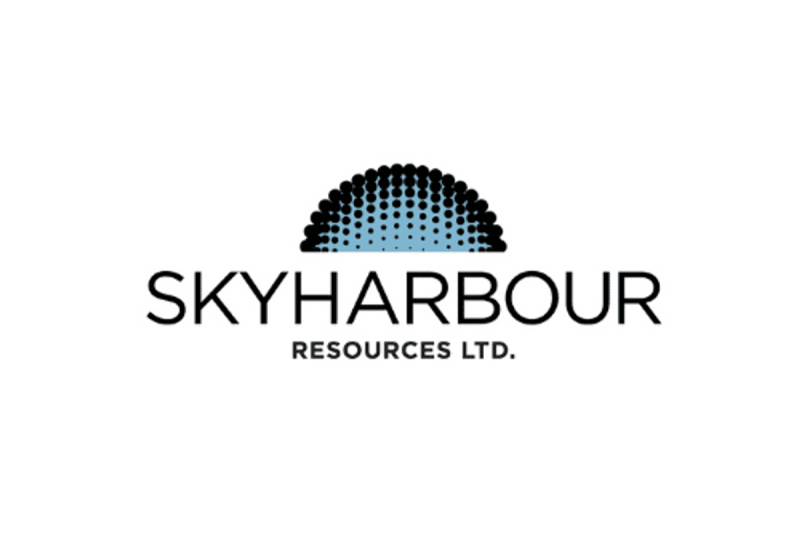
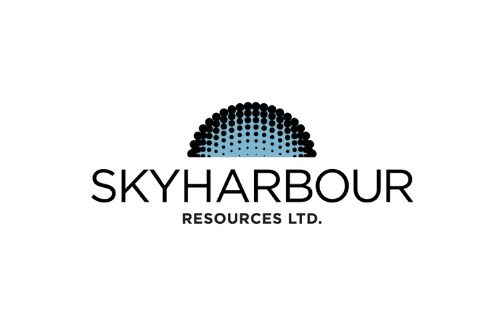



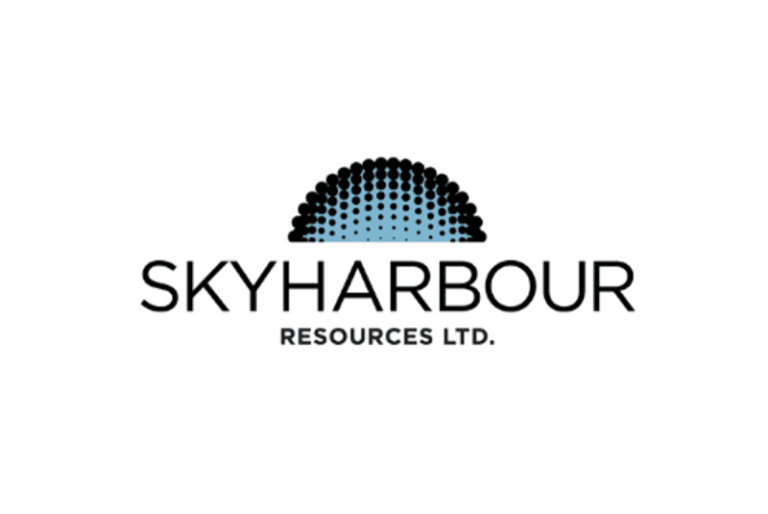
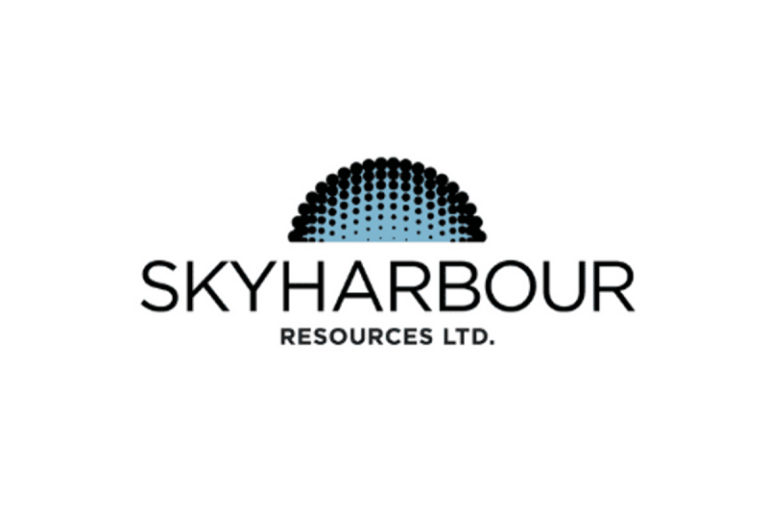
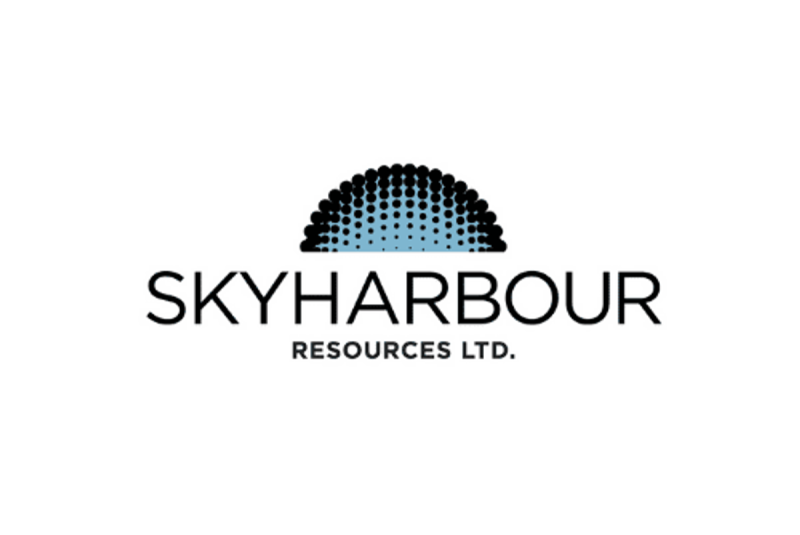

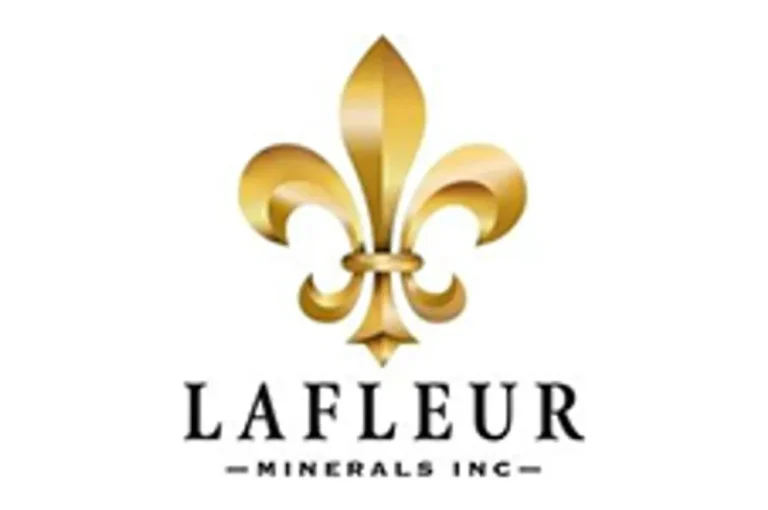
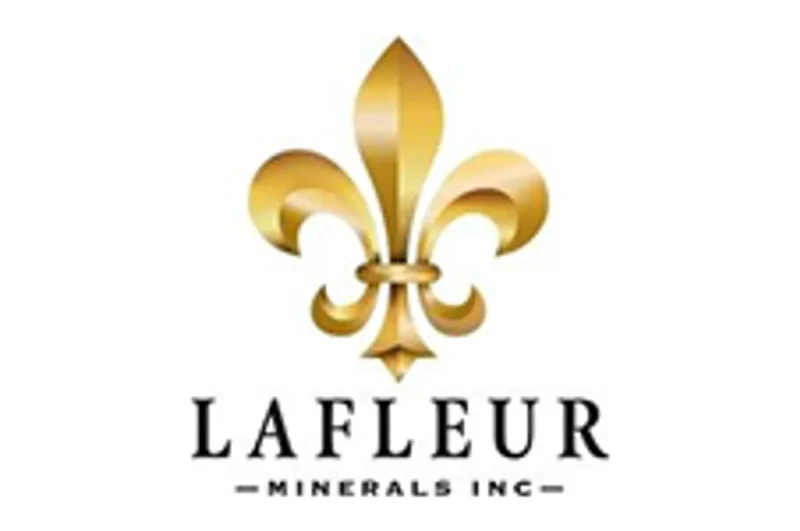
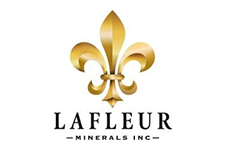
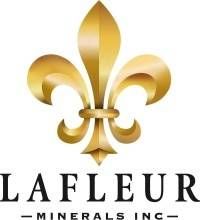

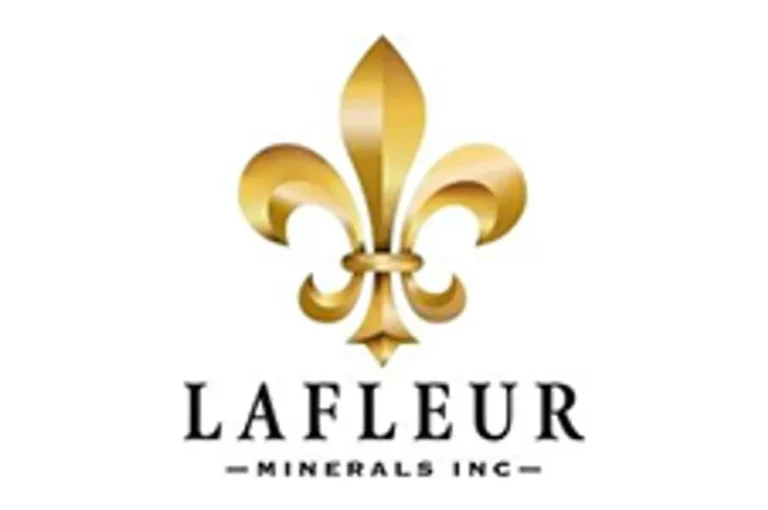
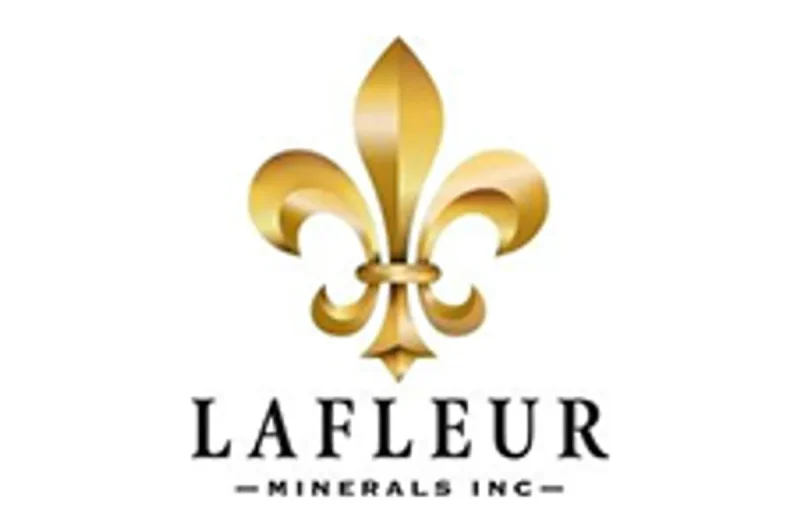



 Rapid Critical Metals (RCM:AU) has announced Discovery of New Parallel Silver Lode at Webbs
Rapid Critical Metals (RCM:AU) has announced Discovery of New Parallel Silver Lode at Webbs

 Metals Australia (MLS:AU) has announced Titanium-Vanadium-Magnetite Discovery Extended over 1km
Metals Australia (MLS:AU) has announced Titanium-Vanadium-Magnetite Discovery Extended over 1km










